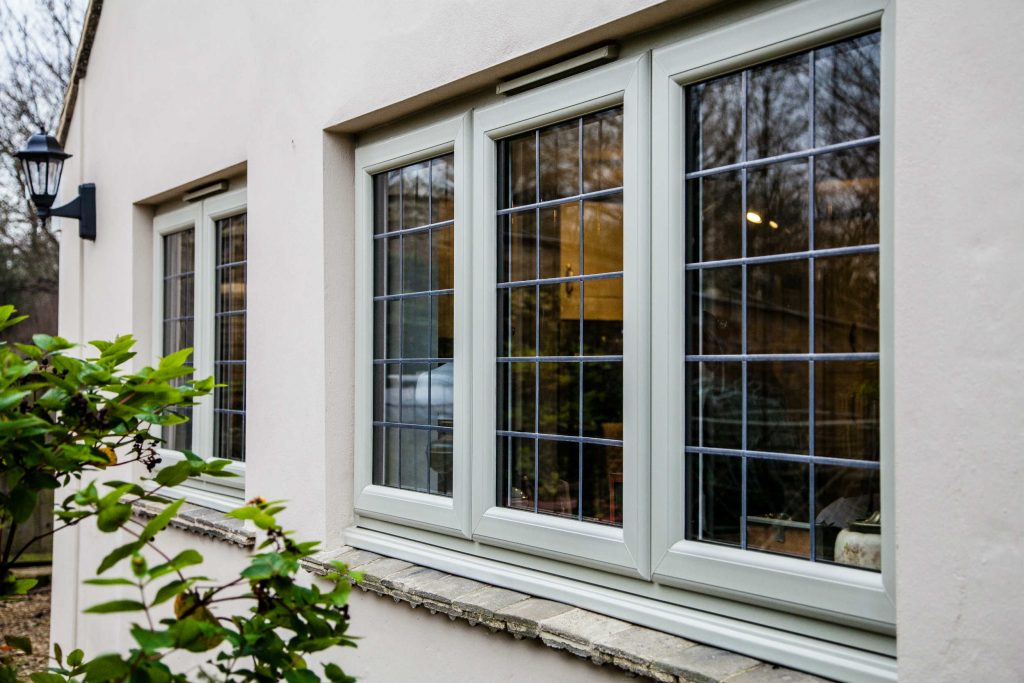All Categories
Featured
Table of Contents
What Are The Advantages Of Double Glazed Windows? in Hillman WA
That window can transfer more solar heat in winter than in summertime. A west-facing window on a summer season's afternoon has an angle of occurrence from near 0 as much as 30 with a large effective location of solar radiation. A north-facing window, in summertime, has a high angle of occurrence and a low reliable location of solar radiation, so can transmit less heat than a west-facing one.

You can rapidly and quickly improve the thermal efficiency of your home by changing your windows. This is among the most reliable methods of renovation to attain improved thermal convenience. There are countless types of glass and frames to pick from. Picking the best ones is necessary to improving the energy performance of your home.
Does Double Glazing Have A Vacuum? in Piesse Brook Western Australia
Single glazing with clear glass is not extremely efficient when it comes to heat loss or gain. To improve efficiency, you can use single glazing with a more energy-efficient type of glass such as low emissivity (low-e) glass.
Multiple layers can be assembled with sealed cavities between each sheet of glass. IGUs normally use much better energy performance than single glazing, since they transfer less energy. The energy performance of IGUs also depends on: the homes of each layer of glass. Different glass types (for instance, clear and low-e glass) can be assembled in an IGU.
Double Glazing in Booragoon Perth

IGU cavities can be filled with air or a more inert, low-conductivity gas such as argon the width of the cavity. Larger cavities provide lower (better) U worths, with 12mm normally accepted as the preferred gap how well the cavity is sealed.
If argon is set up to the cavity in place of air, wetness is reliably excluded the level of desiccant (drying representative). The spacer (metal or polymer strip) that separates the glass layers contains a desiccant to soak up any wetness. Inadequate desiccant may trigger moisture to condense on the glass surface in cold conditions, reducing thermal efficiency.
Faq in Martin Western Australia
IGUs can provide much better energy performance for all environments, specifically in heated and air-conditioned homes. Cross-section information of single, double and triple-glazing systems Low emissivity glass (typically understood as low-e glass) decreases heat transfer. Low-e glass might be either high or low transmission: High transmission low-e glass has a coating that allows daylight from the sun to enter your house to accomplish great solar heat gain, however reduces the quantity of the long wavelength infrared heat that can leave back through the window.
Low-e glass has either a pyrolytic finish or a vacuum-deposited thin film metal finishing. Pyrolytic finishes are long lasting and can be used for any glazing; vacuum-deposited finishings are soft and are only used within IGUs. Low-e finishes can substantially improve both U worth and SHGC; however, they need to be used correctly or they will either deteriorate or fail to perform as required.
Techniques For Double Glazing Windows in Mt Richon Perth
Low-e finishings can be utilized in combination with clear, toned or reflective glass. Low-e finishes on glazing can minimize heat transfer where needed Image: Department of Market, Science, Energy and Resources Toned glass has actually colouring additives consisted of throughout manufacture. It is readily available in numerous colours, typically bronze, grey, blue and green.
Table of Contents
Latest Posts
Energy Efficient Windows At Everest in Lakes Perth
Single Vs Double Vs Triple - Which Window Is Right For Your ... in South Fremantle Western Australia
How Are Double Glazed Windows More Energy Efficient? in Safety Bay Western Australia
More
Latest Posts
Energy Efficient Windows At Everest in Lakes Perth
Single Vs Double Vs Triple - Which Window Is Right For Your ... in South Fremantle Western Australia
How Are Double Glazed Windows More Energy Efficient? in Safety Bay Western Australia